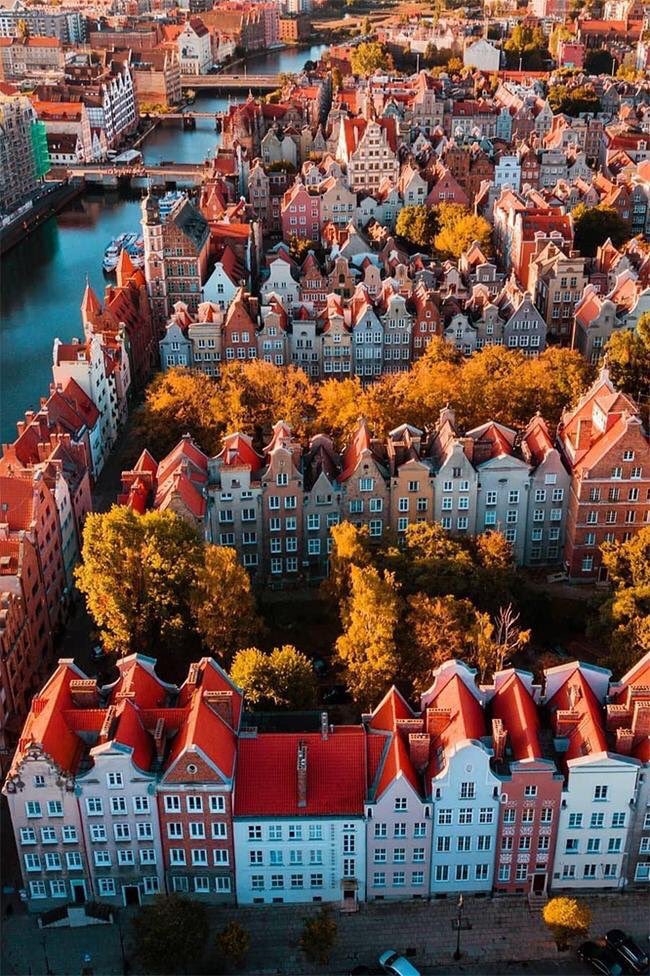
Benoit - 6 Août 2020
Avec la deuxieme vague de consultation qui debat les changements au plan d'urbanisme modifie pour accueillir plus de monde, je mene une reflexion sur la densite de population optimale.
The Wellington City Council is today debating the Spatial Plan – how Wellington can accommodate the 50,000 to 80,000 more residents expected in years to come. The vote will decide where and by how much higher new buildings should be built in Wellington.
In plain English: should buildings as high as 8 storeys be allowed in Kilbirnie, Newtown, Berhampore, Johnsonville?
This discussion is driven by new government regulations in an effort to address the housing crisis. Wellington being overall environmentally conscious, the discussion will also try to consider climate change: with a compact city, people would need fewer cars, opening the door to less carbon emissions.
While everyone agrees the issues are very real and the intentions are good, is high density the right answer? Are 8 storeys an ok solution?
high density houses
High density buildings have been built in cities around the world, and it is relatively easy to picture how they would look in Wellington. But clusters of high density buildings can be dull, soulless, and seen as dormitories where people live by default, not by choice. They tend to attract demographics from the same socio economic groups, instead of the goal they’re supposed to achieve: creating a diverse, vibrant community where families of different backgrounds and income levels can live together. They can become a fortress for the wealthy, or ghettos for low-income families.
Either way, new high rise buildings will have a big impact on existing residents. Some of them, who’ve worked their whole life to create a nest for themselves, might find such a jump in density difficult to cope with. Others, like new home buyers with kids, would be dealt a very different set of cards. Is it the right solution to replace a few single-family homes with high density units?
Like in Nature, the right answer lies where there is balance, a plan that works for everyone. Medium density buildings have a much greater chance of becoming a place where people choose to live, without alienating the existing residential fabrics. With enough of them, widely spread, the housing crisis could find a solution, and cost of living might finally come down. Supported by a green transport infrastructure, intertwined with significant environmental features (bush and parks making a minimum of 20% of land area), these new buildings could even present the opportunity to attract more biodiversity in the city, blurring the boundary between Nature and the place where people live. This utopia has a greater chance with medium density housing than with concrete jungles. It is this we must try to build, aiming at the wellbeing of today’s generations and those to come.
The choice the Council is about to make, following only one round of consultation ( Planning for Growth, 2019 ) aims to ensure everyone has a place to live as we prepare for many new Wellingtonians. But by focusing on “putting a roof over people’s heads” without considering wellbeing is taking the risk of creating chicken battery farms, an outcome no one wants, neither existing residents nor newcomers.
Benoit, le 6 Août 2020